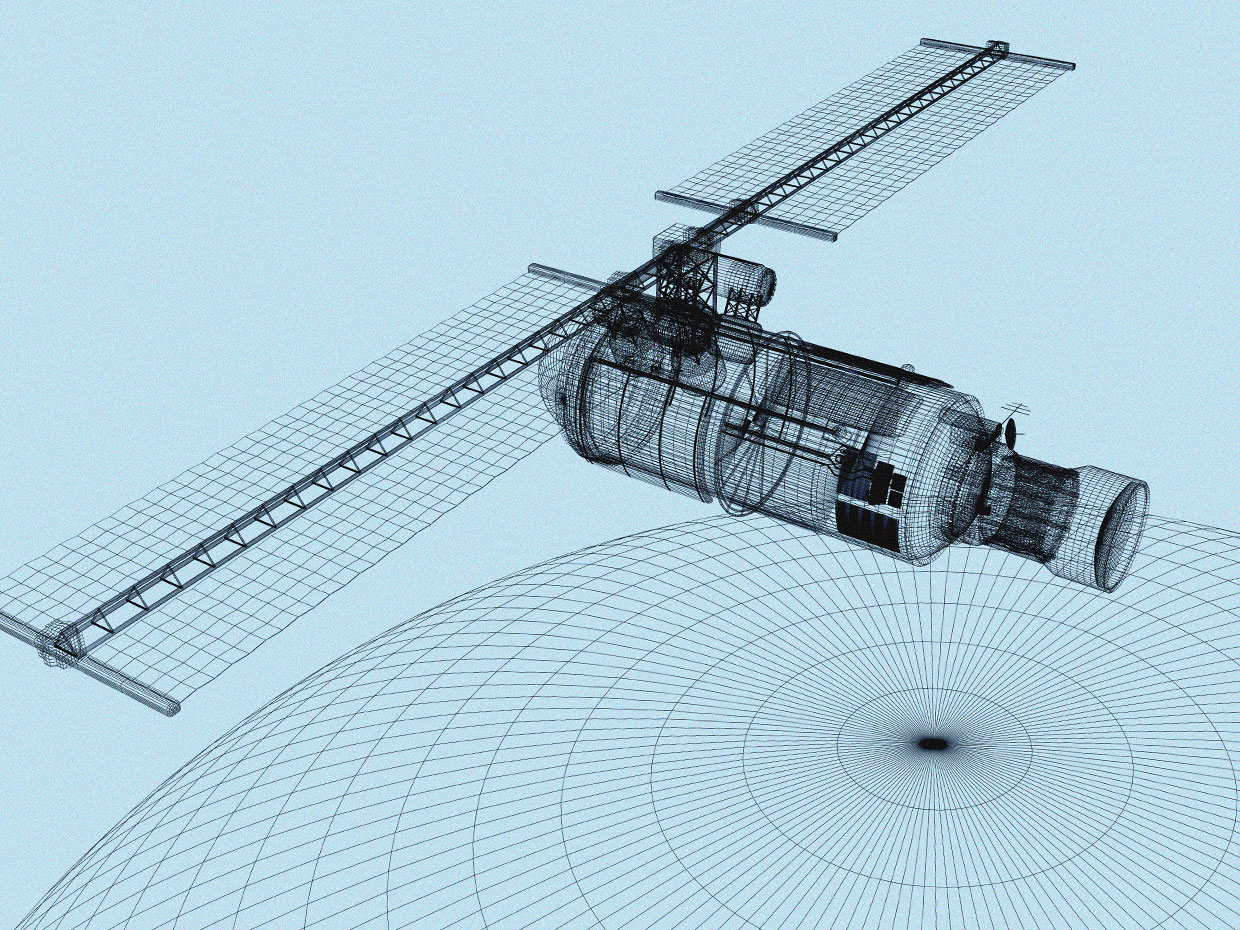SpaceX has announced a redesign of Starlink satellites so that they completely burn out in the atmosphere when they fall

In December, an article was published on Habré devoted to the analysis of the issue of the safety of finding thousands of satellites in low Earth orbit . This is a global satellite network from SpaceX, which she plans to create through a host of Starlink satellites.
And there will be really many satellites. Elon Musk plans to launch about 12,000 satellites into low orbit, which will eventually pass half of the global Internet traffic through themselves. To ensure fast communication and a wide channel, the satellites are equipped with laser systems and specific radio modules. All this is done in order to provide the planet with Internet connection, including the most remote and inaccessible regions.
The Federal Communications Commission (USA) believes that a large number of satellites pose a certain danger to the inhabitants of the planet. The service life of satellites is several years, after which they will begin to fall to Earth. And there is no guarantee that the entire satellite will burn out in the atmosphere. Falling debris can hit people and buildings.
According to experts, the mass of unburned remains of one satellite can reach several kilograms. If such a fragment gets into a person, then the lethal outcome is not in doubt. In the event of a fall on the building, there may be significant damage (of course, depending on where such a man-made meteorite will fall).
According to NASA, every wreck of 17,400 has a chance to kill a person. True, this is still below the security threshold set by the agency (1: 10000). Nevertheless, FCC experts calculated that on average five satellites will fall to Earth six days after the launch of the entire network. The likelihood that a chip will kill someone is 45% for every 6 years.
In order to reduce the likelihood of damage when a satellite falls, SpaceX has decidedchange the design of the device. The changes are that now in the satellites there are no massive metal components that could not completely burn out and reach the surface of the planet. “None of the satellite components can withstand entry into the atmosphere, so the probability of damage is zero,” SpaceX said.
Last month, the FCC asked SpaceX to clarify whether satellites would fall over the oceans, away from cities. The organization also asked Elon Musk to provide additional research results on the issue of satellite fall.
Well, SpaceX said that now the satellite’s crash site does not matter, since all of them should be burned when approaching the surface of the planet. “After intensive research and additional investments, SpaceX has developed a system architecture that will ensure the destruction of the satellite in the fall,” the company said .
True, the first 75 satellites will still have the old architecture, which provides for the presence of metal accelerators. They may well withstand a fall in the atmosphere. But all the “descendants” of these first devices will fully comply with the FCC requirements. The company does not explain why the first satellites will have such a design. It may well be that they are already built - partially or completely, so it's too late to change anything.
According to experts, the statement about the "zero probability" of incidents in the fall of satellites needs to be proved. “In principle, I don’t know whether it is possible to talk about zero risk,” Raymond Sedwick, a specialist in space debris, commented on the situation.
Another expert, John Crassidis of the University of Buffalo, says replacing iron, steel, and titanium with materials like aluminum can actually significantly reduce the chance of satellite debris getting into a person or building. But there is no guarantee that some parts will not reach Earth. It is only a matter of time and a suitable angle of entry into the atmosphere.
With a combination of a number of factors, debris can enter the atmosphere at such an angle that it will not completely burn out and yet reach the surface of the Earth. The likelihood that a building or people may be at the crash site is not at all zero, it cannot be neglected, since it is still dangerous.
